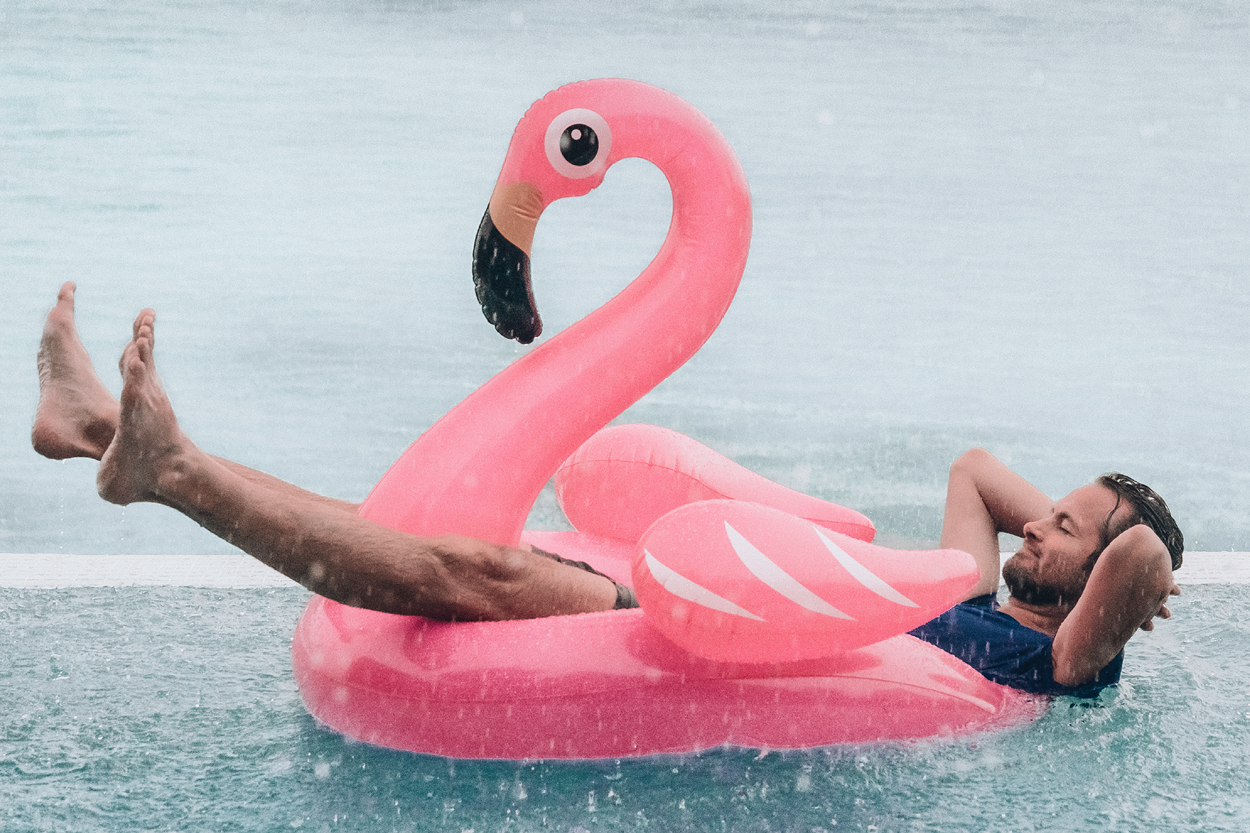Does Rain Affect Your Pool?
Storms, cold weather and neglecting your pool is more typical in the winter season. Unfortunately, it also means rainfalls from time to time. Some people believe that rain will not affect a swimming pool; some facts present the contrary. Rainwater is acidic. It involves the chemicals in the pool’s water and can change the pH balance and alkalinity level.
Another problem with acidic rain is that it makes the water corrosive that can affect the plaster and ceramic in an oasis. Of course, a light rain won’t hurt much, but during the colder months, we can experience a good dousing of rain in the Bay of Plenty.
Other factors on how rain can affect a swimming pool:
Rainwater causes the pH levels to rise and TA levels to fall due to chemical dilution.
Chlorine is less active, so it will not kill the microorganisms and keep the water clean.
Rain can bring algae spores and other debris, like dust, that can submerge into the water, making it murky and, if not treated quickly, sun rays can accelerate the growth of algae.
The appearance of algae, mould and mildew on the tiles is another situation. The rain can also disseminate algae, which will give a green colour to the water. When rainwater falls into a pool, the water’s pH and chlorine alter, which can cause the appearance of fungi and bacteria in the pool.
The rainwater is usually a different temperature than the pool, contrasting the temperature between the rainwater and the water in the pool, which alters the pool’s normal temperature levels.
Overflow is another situation that can happen if rainfalls are continuous. If it rains heavily, the water level can rise considerably and, eventually, overflow.
Rainfall Pool Maintenance
With all this commotion by rain, is there a solution? The answer is yes. Below are some recommendations on how to treat your pool after a rainfall:
Overflow – drain the water until levels are normal. Only do this if the pool water overflows from continuous heavy rain.
Debris – rain brings debris, so remove it from the pool, including leaves and insects. Use an automatic vacuum to clean the pool’s sides and bottom, preventing dirt from harbouring any organisms and fungi growth.
Skimmer Check – skimmers can accumulate debris, so check and clean them thoroughly.
Algae Growth – turn on the filter system to avoid algae growth. It will help to circulate the water and prevent the development and growth of algae spores.
pH and Chlorine Levels – test the pool’s water. It may need a bit of an adjustment to normalize the pH and chlorine levels.
Although you will not use the pool for a few hours, it is good to get familiar with this routine every time the rain alters the water quality. In this way, you will prevent it from deteriorating and will stay clean throughout the cooler months.


